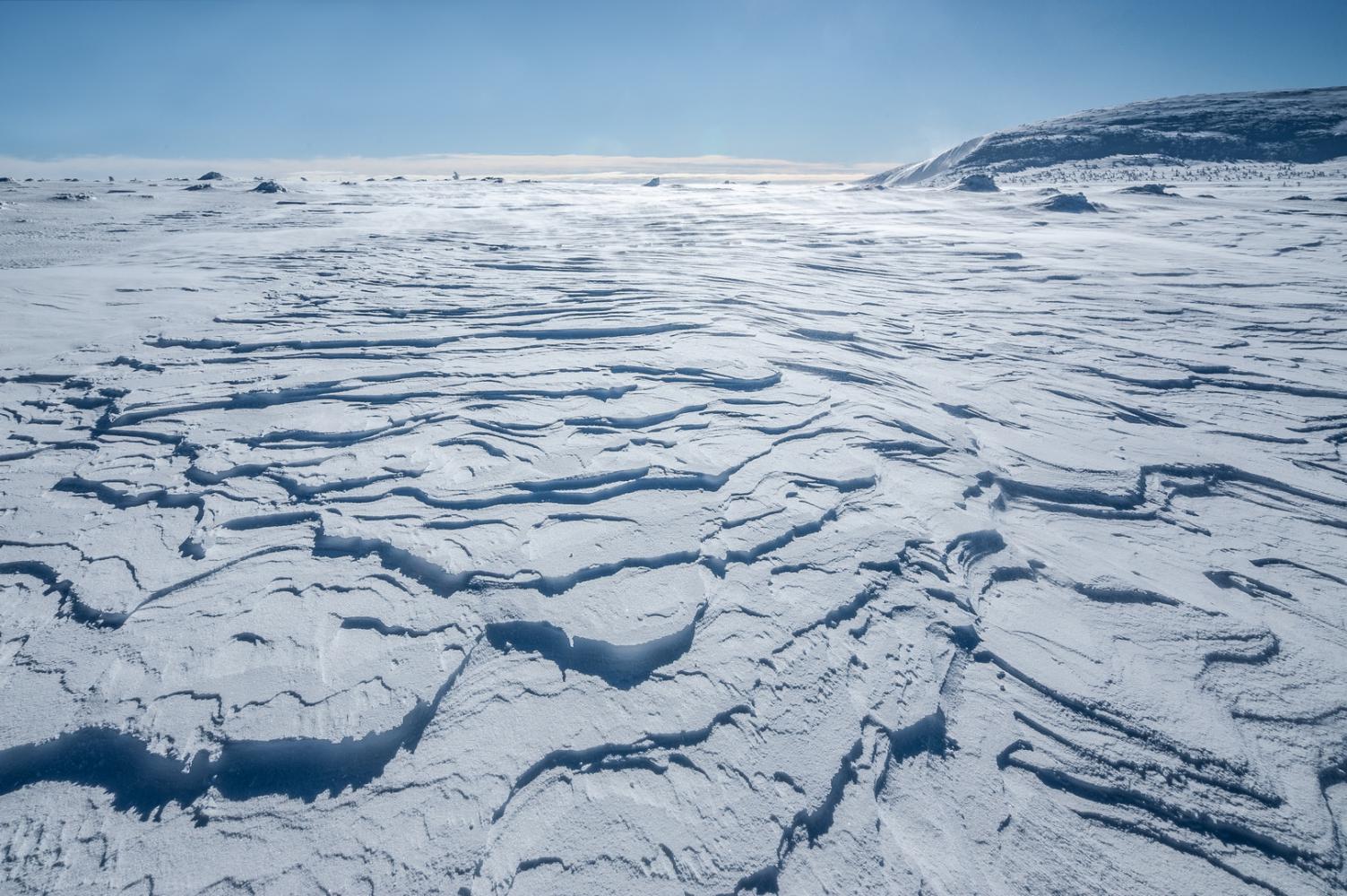Temperatures are rising and polar ice masses are melting. Scientists monitoring these changes are increasingly encountering remarkable and at the same time disturbing phenomena in the Arctic and Antarctic. An international team of experts recently unexpectedly stumbled upon a huge river flowing under the thinning ice of Antarctica.
In a study that recently published magazine Geosciences of naturethe researchers used computer models and analyzes of geophysical data obtained from airborne radar measurements to determine the size and other parameters of this colossal river. According to their findings, the river beneath the Antarctic ice is about 460 kilometers long and carries an enormous amount of fresh water flowing under great pressure.
Lakes and rivers under the ice
“When we discovered the ice-cold lakes of Antarctica years ago, we thought they were isolated from each other,” describing Martin Siegert from the British Imperial College in London. “Only now are we beginning to understand that we have before us a whole vast system of lakes, which are connected by a network of waterways. All of this is found under thousands of meters of ice.“
A model of a river system discovered under the Antarctic ice sheet. (photo: Imperial College London, CF Dow, CC BY-SA 4.0)
Until recently, experts believed that there was relatively little water under the Antarctic ice. But gradually it turns out that it is different. The reason is not only the warming of the climate, but also the heat coming from the depths of the Earth and the friction that occurs when the ice masses move.
TIP: Secrets Under the Ice: There is a hot water supply under Antarctica
The discovery of a huge river larger than the Thames flowing through London is fascinating, but it also raises another warning about the stability of Antarctic ice. A large amount of water flowing under the ice can accelerate its further melting. Experts will now have to take into account the existence of this river and other similar phenomena in their predictions of the changes in Antarctica that are and will occur as a result of climate change.


